Like many of you, I sat transfixed over the past weeks as the AFL and NRL grand finals played out. Both were amazing contests and a testament to the dedication and application of both teams. When watching sports at such a high level, I am always amazed at the attitude that individuals display when events during a game don’t always go how they are intended to. Time and time again, we see players missing the goal or dropping a ball. At the time, such small errors can be crucial, but continually, we see the mental toughness of these players to leave that circumstance quickly and move on to what is in front of them.
This quick realisation that what has transpired cannot be changed is evident for all to see. Sure, after the event, it may require further examination, but at the time, the mental determination to move on is crucial to ongoing success in the future. These mindsets flow nicely into our You Can Do It messaging this term.
This term, we will focus on social and emotional blockers in our You Can Do It program. These can be defined as worrying, feeling down or angry, getting hung up on negative experiences and procrastinating. They are called "blockers", as they can sometimes block our way forward to building success and striving to achieve. The students will be encouraged to become "lifesavers" during the term. The example pictured suggests that techniques for unblocking worries may include;
• self-talk
• choosing positive action
• talking to someone and
• calming down through actions and thoughts.
No one practice or method works for everyone. We aim to provide a range of strategies for our students to use when and where needed. This will continue to be covered in our Foundation and Junior Assemblies.
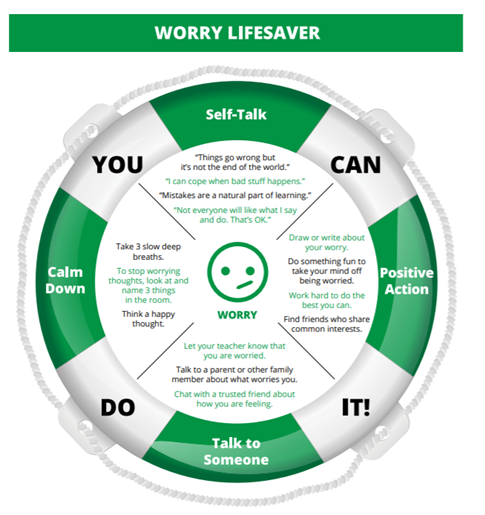
Keeping safe in our neighbourhoods.
On the 25th of this month, the Day for Daniel will be recognised in schools across the Sunshine Coast and, increasingly, across the state and country. It is a time to acknowledge the potential threats to our community and educate our students on ways to keep them safe.
Fortunately, examples of actual harm to our children in their neighbourhoods are rare, and our communities' connection is strong. Unfortunately, many of us are aware of the devastating impact that the disappearance of Daniel Morcombe had on his family and the community in general. In the passing years, his family have fought hard to make sure that his memory will live on through the foundation and every year, the child safety message is communicated.
The foundation website, https://danielmorcombe.com.au/ has many resources about how we may equip our children to understand and read signs that aim to keep them safe. These resources are age-appropriate and cover a range of topics and I encourage you to peruse them and discuss their contents with your children.
Take care, and God bless,
Mr Damian Davis, Head of Staff and Students P-5

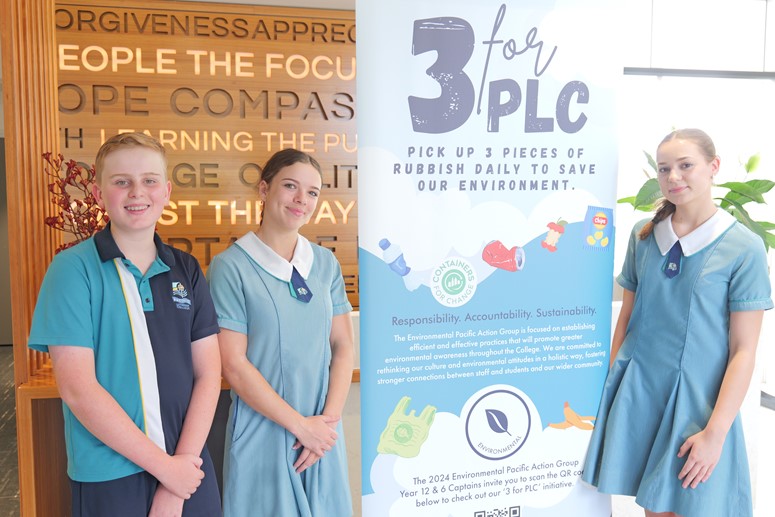

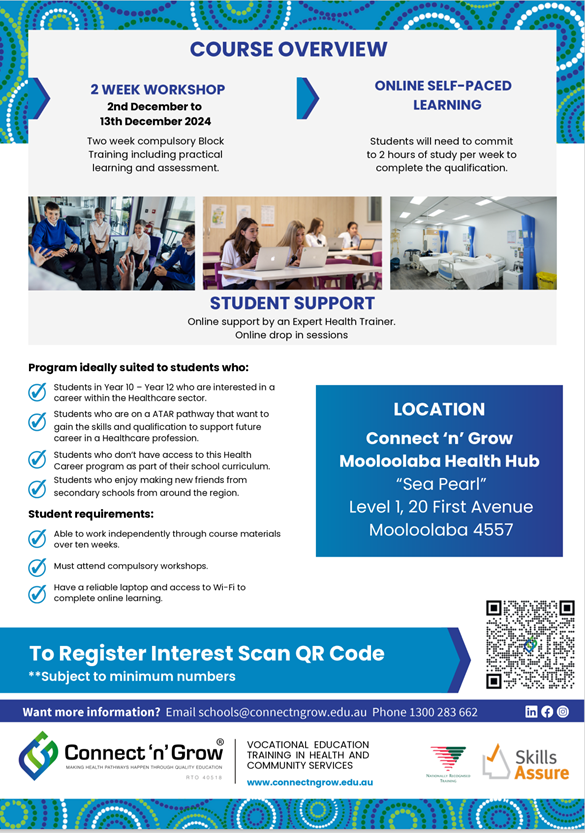

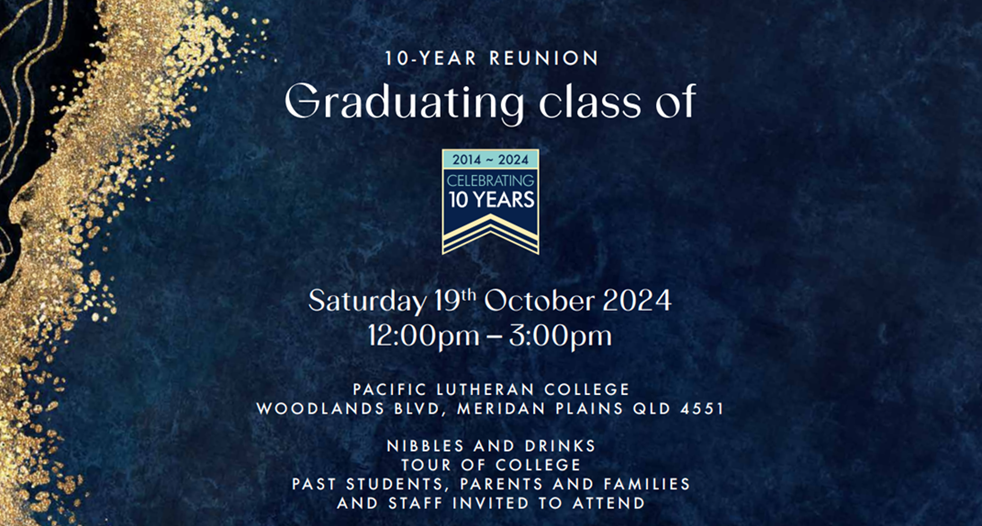

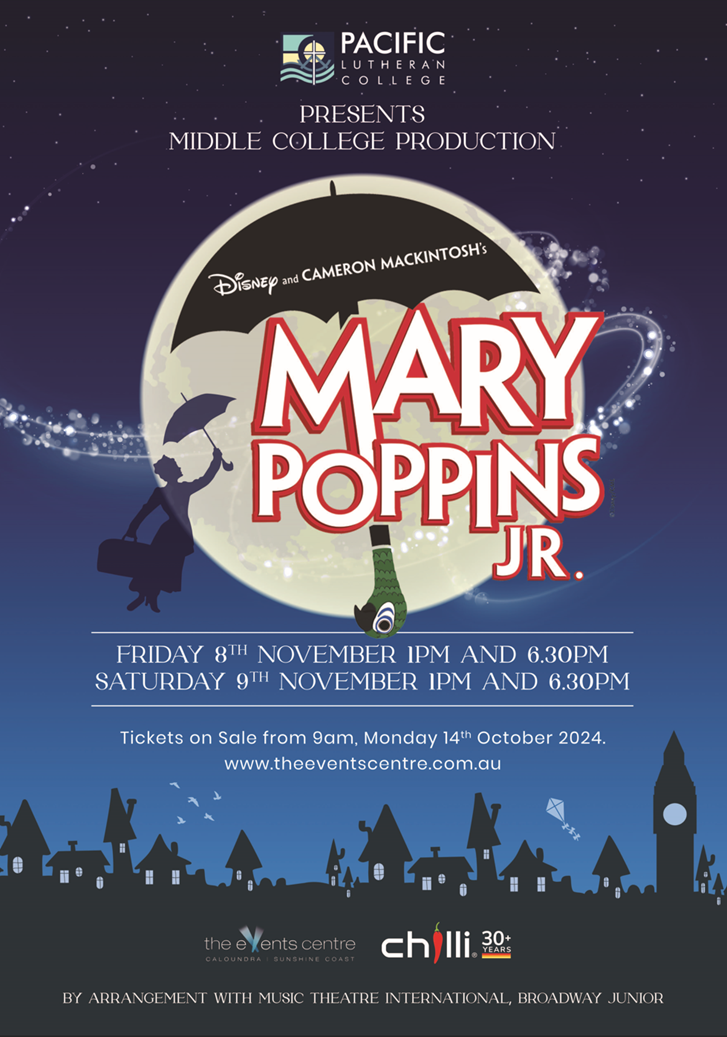


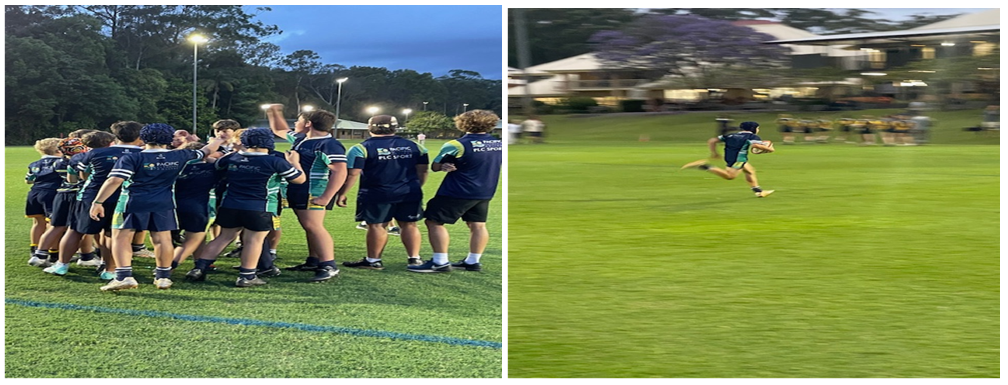


 Sharing a common mission and ministry with Pacific Lutheran College
Sharing a common mission and ministry with Pacific Lutheran College